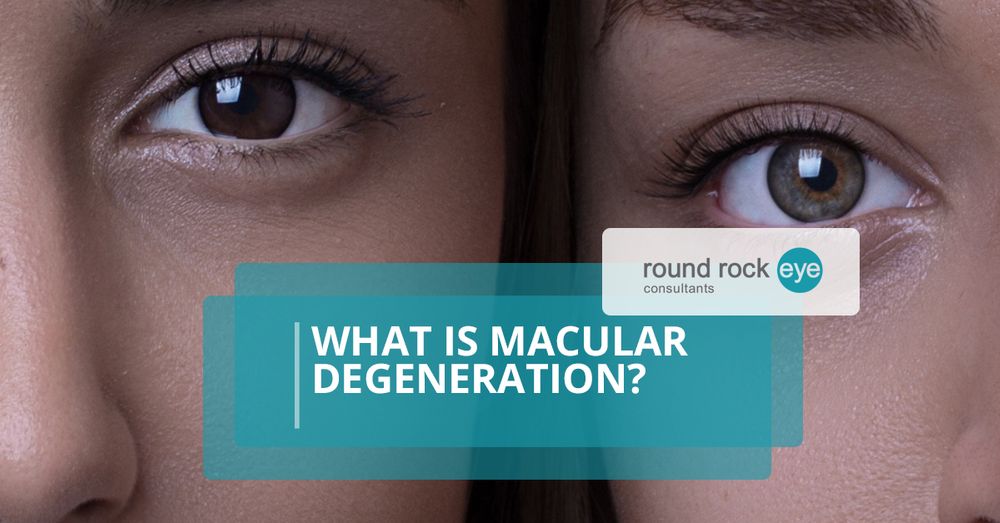If you’ve been experiencing issues with your eyes, it can be nerve-racking not knowing what’s causing it or how to fix it. There are a number of issues that could be affecting your eyes such as cataracts, myopia, and astigmatism. However, in this blog, we’re going to focus on a specific issue known as macular degeneration.
What Is Macular Degeneration?
With over 10 million Americans affected by macular degeneration, it is the leading cause of vision loss, as much as both glaucoma and cataracts combined. Although it is currently considered an incurable eye disease, your eye doctor may still be able to help prevent further deterioration and improve visual function.
Types of Macular Degeneration
“Dry” and “wet” are the two basic types of macular degeneration. The large majority of cases of this disease are “dry” (atrophic) while only around 10 to 15 percent of cases are “wet” (exudative). Macular degeneration is almost always age-related. However, Stargardt disease is one type that is caused by a recessive gene and can be found in young people.
When it comes to age-related macular degeneration (AMD), there are three stages you should know about:
Early AMD: During the early stages of AMD, patients experience no signs of vision loss. This makes the disease very difficult to diagnose, especially for someone who doesn’t visit an eye doctor regularly. However, during early AMD, there are medium-sized drusen that can be found just below the retina.
Intermediate AMD: In the intermediate stage of AMD, vision loss may be noticeable, but the patient may not recognize it as a serious problem. Drusen will become more noticeable and the retina pigment may change.
Late AMD: Vision loss becomes very noticeable in late AMD and will begin to severely impact the ability of a patient to lead a normal life.
Dry AMD
Dry AMD is characterized by atrophy and deterioration of the retina. This is where different layers of the macula become thinner over time, gradually losing their function.
Wet AMD
When new blood vessels begin to grow in the choroid layer, they become weak and start to leak fluid and blood. This fluid enters the retina and layers of the macula and damage retinal cells and cause scar tissue.
Treatment Options
As stated before, there is no known “cure” per se for dry or wet AMD. However, there are a number of ways your eye doctor may be able to slow the age-related process. Since smoking is a huge risk factor, you should quit smoking as soon as possible. Increasing exercise, improving diet, and always wearing sunglasses may help as well. If you believe you may be experiencing symptoms of macular degeneration, please call to schedule an appointment.

